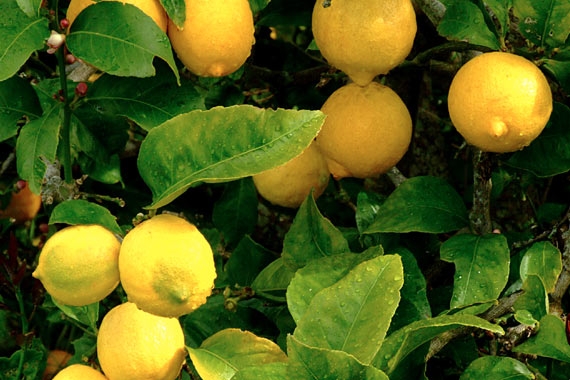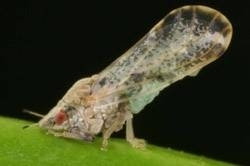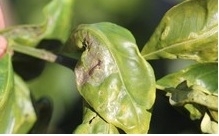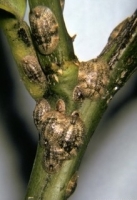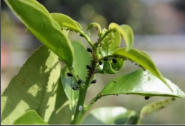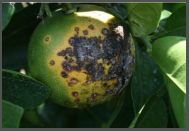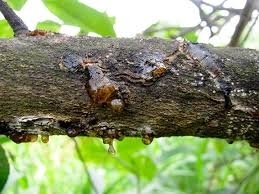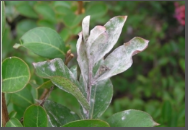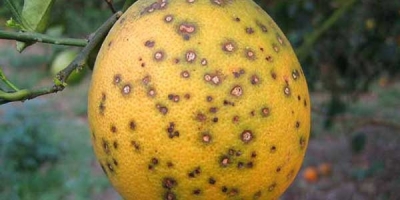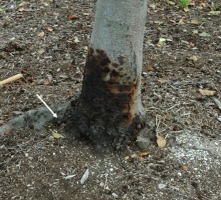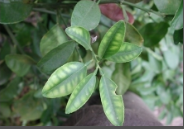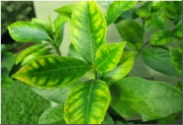Fertilizer Requirement (gm/tree):
| |
MOP |
SSP |
| First year |
- |
250 |
| Second year |
- |
500 |
| Third year |
300 |
750 |
| Fourth year |
300 |
1000 |
| Fifth year |
500 |
1250 |
| Sixth year |
500 |
1500 |
| Seventh year |
500 |
1500 |
Nutrient Requirement (kg/tree)
| |
Well decomposed cow dung |
NITROGEN (gm/tree) |
| First year |
20 |
60 |
| Second year |
40 |
120 |
| Third year |
60 |
180 |
| Fourth year |
80 |
300 |
| Fifth year |
100 |
450 |
| Sixth year |
100 |
625 |
| Seventh year |
100 |
750 |
When age of crop is 1year, apply well decomposed cow dung@20kg per Tree and Nitrogen@60gm per Tree. When age of crop is 2year, apply well decomposed cow dung@40kg per Tree and Nitrogen@120gm per Tree. When age of crop is 3year, apply well decomposed cow dung@60kg per Tree and Nitrogen@180gm per Tree. When age of crop is 4year, apply well decomposed cow dung@80kg per Tree and Nitrogen@300gm per Tree and so on.
Apply whole dose of well decomposed cow dung, super phosphate and muriate of potash during January-first week of February month. Nitrogen is given in three equal splits i.e. 1/3rd dose of nitrogen is given during February month before flower development, next 1/3rd dose of Nitrogen is given in April month after fruit development and rest of the 1/3rddose is given in august month.
If fruit drop is observed, to control excessive fruit drop, take spray of 2,4-D@10gm in 200Ltr of water. Take first spray in March end, then in April end. Repeat the spray in August and September end. If cotton is planted in nearby field of citrus, avoid spraying of 2,4-D, instead take spray of GA3.

